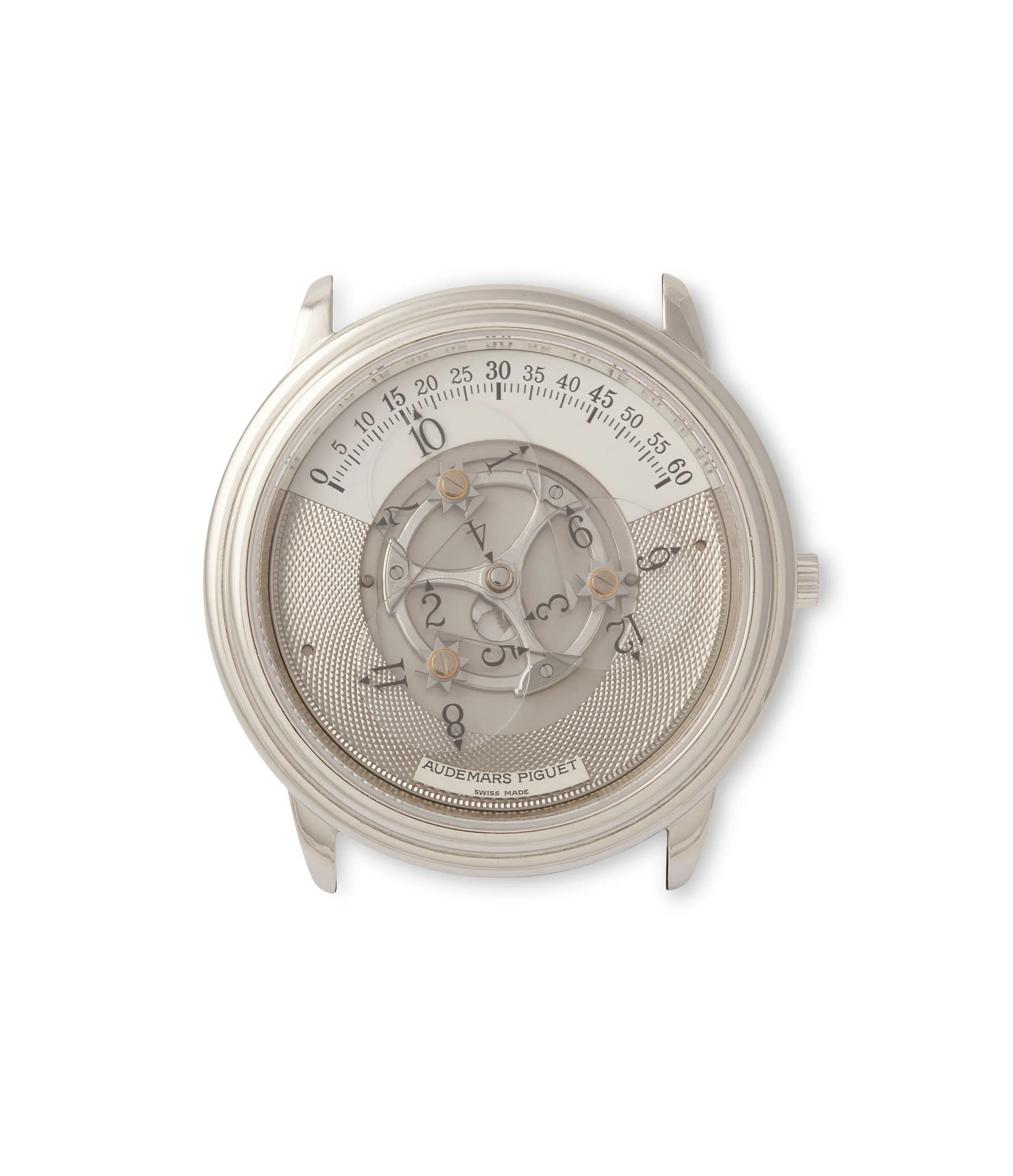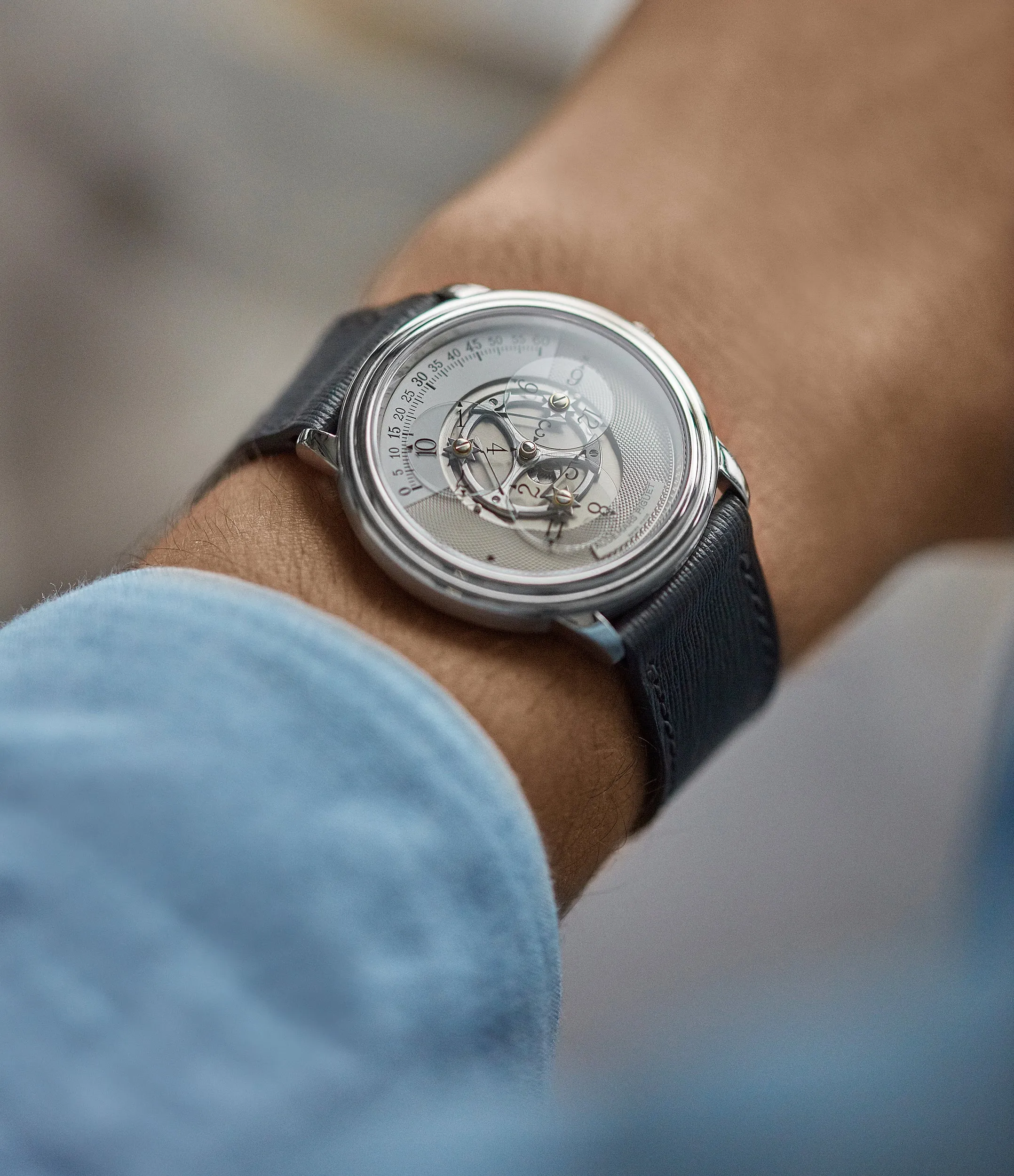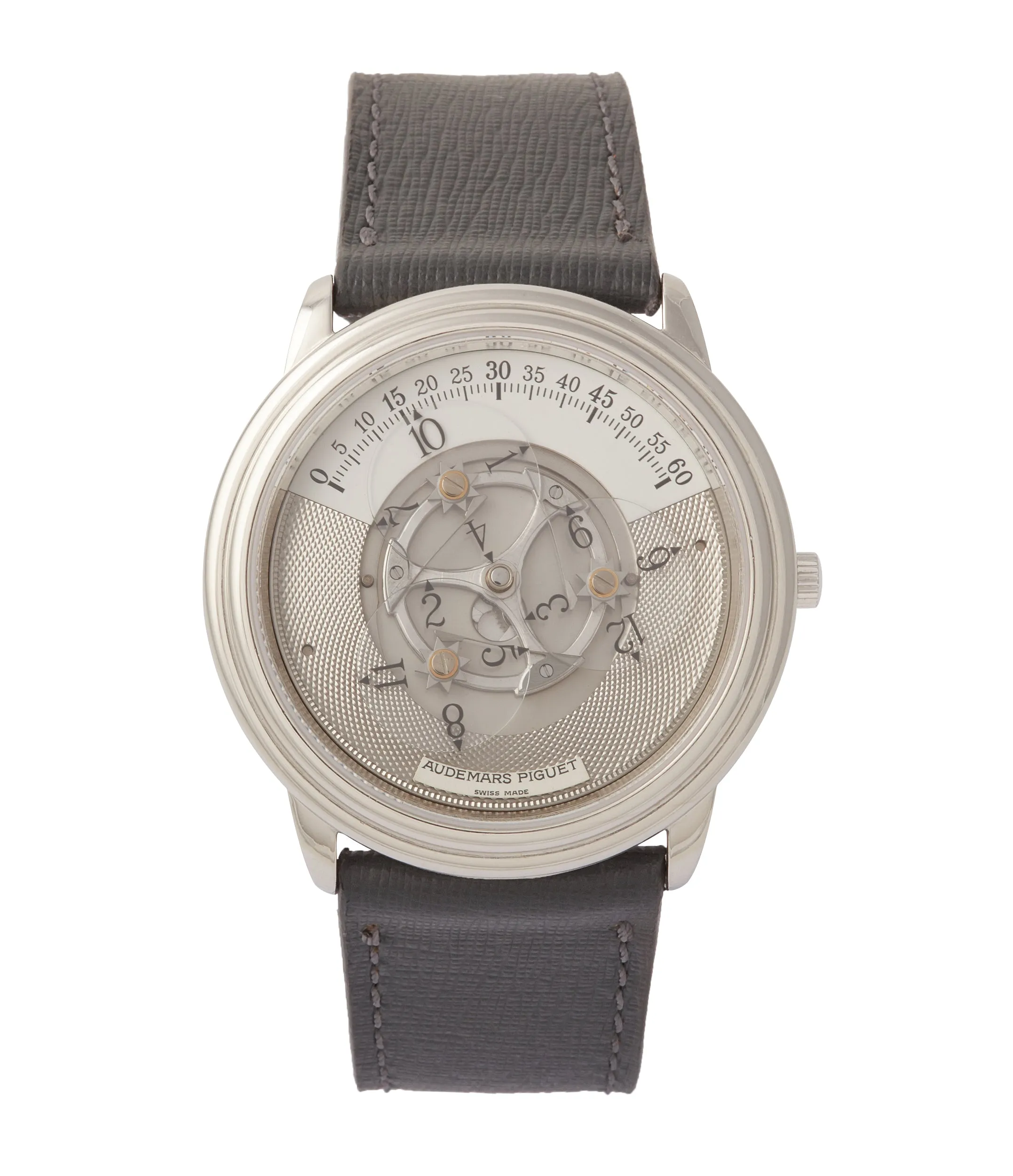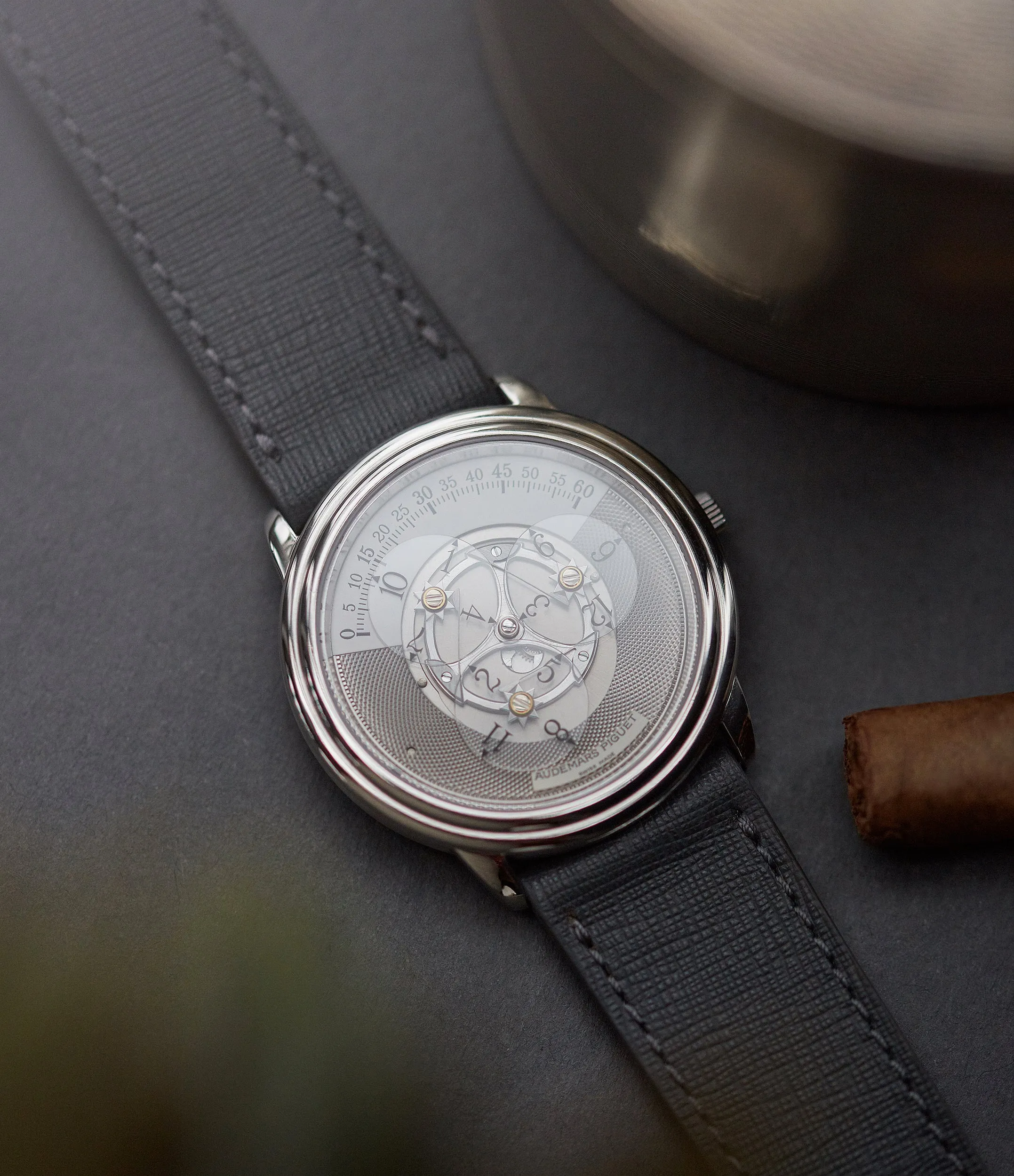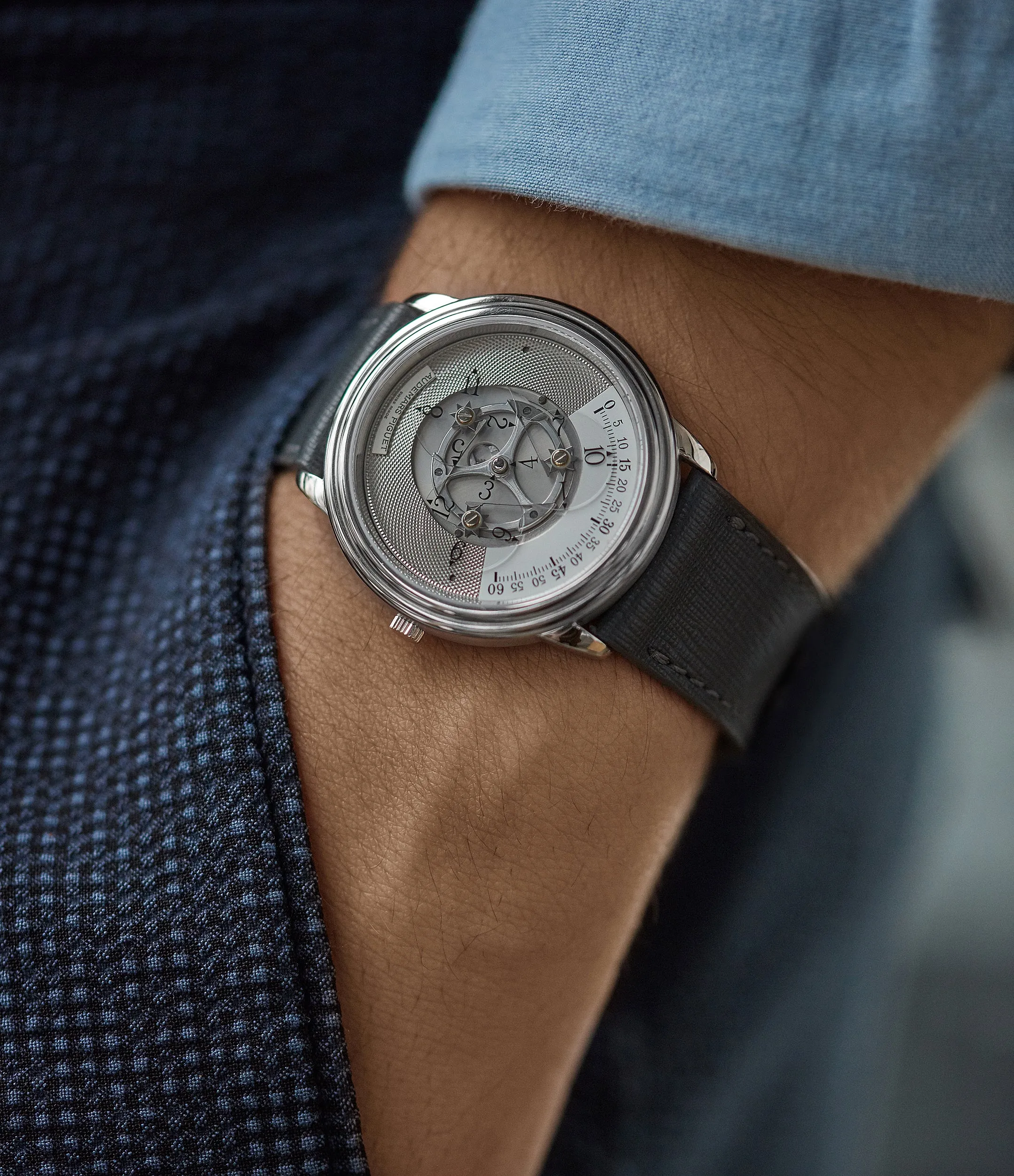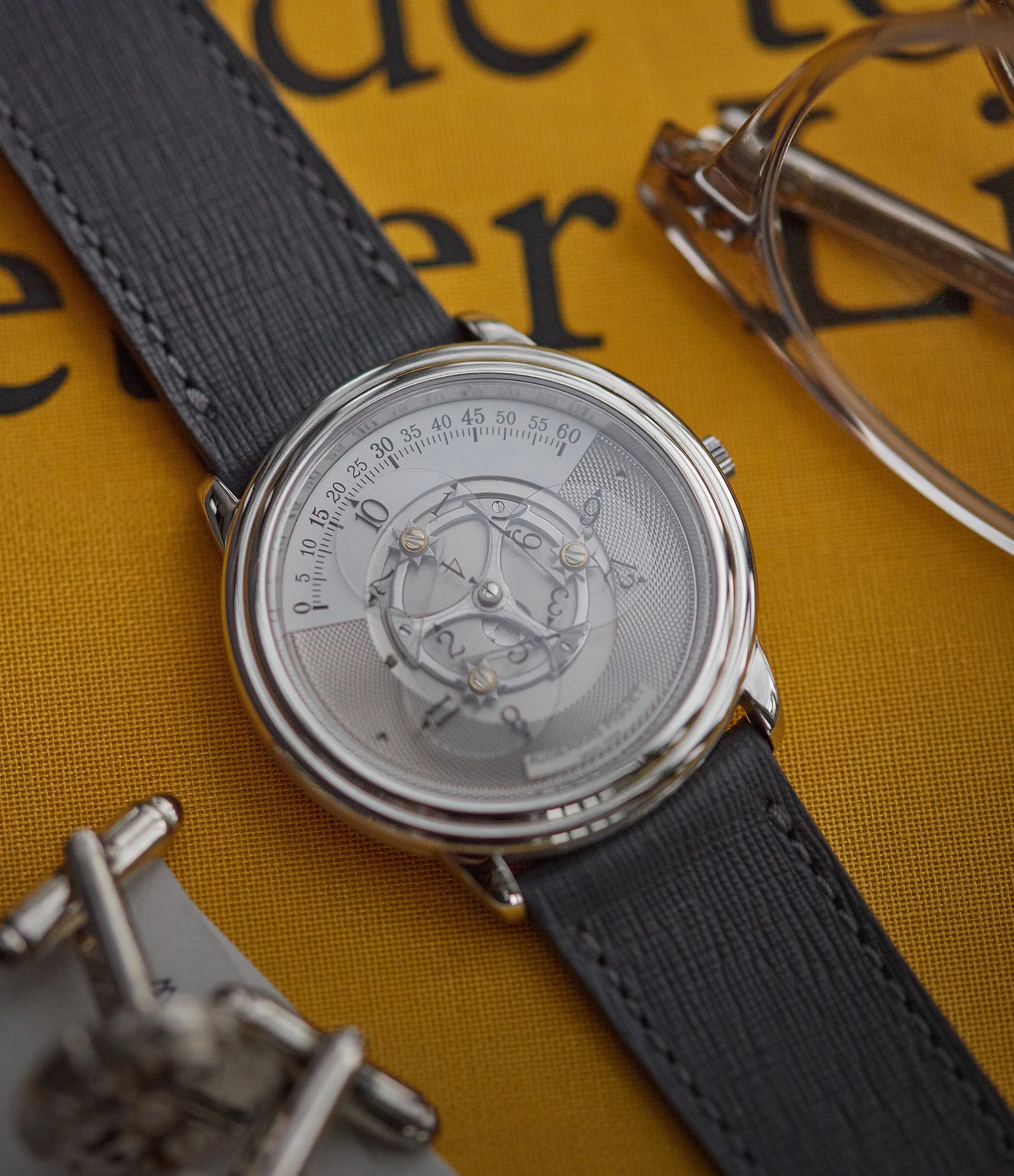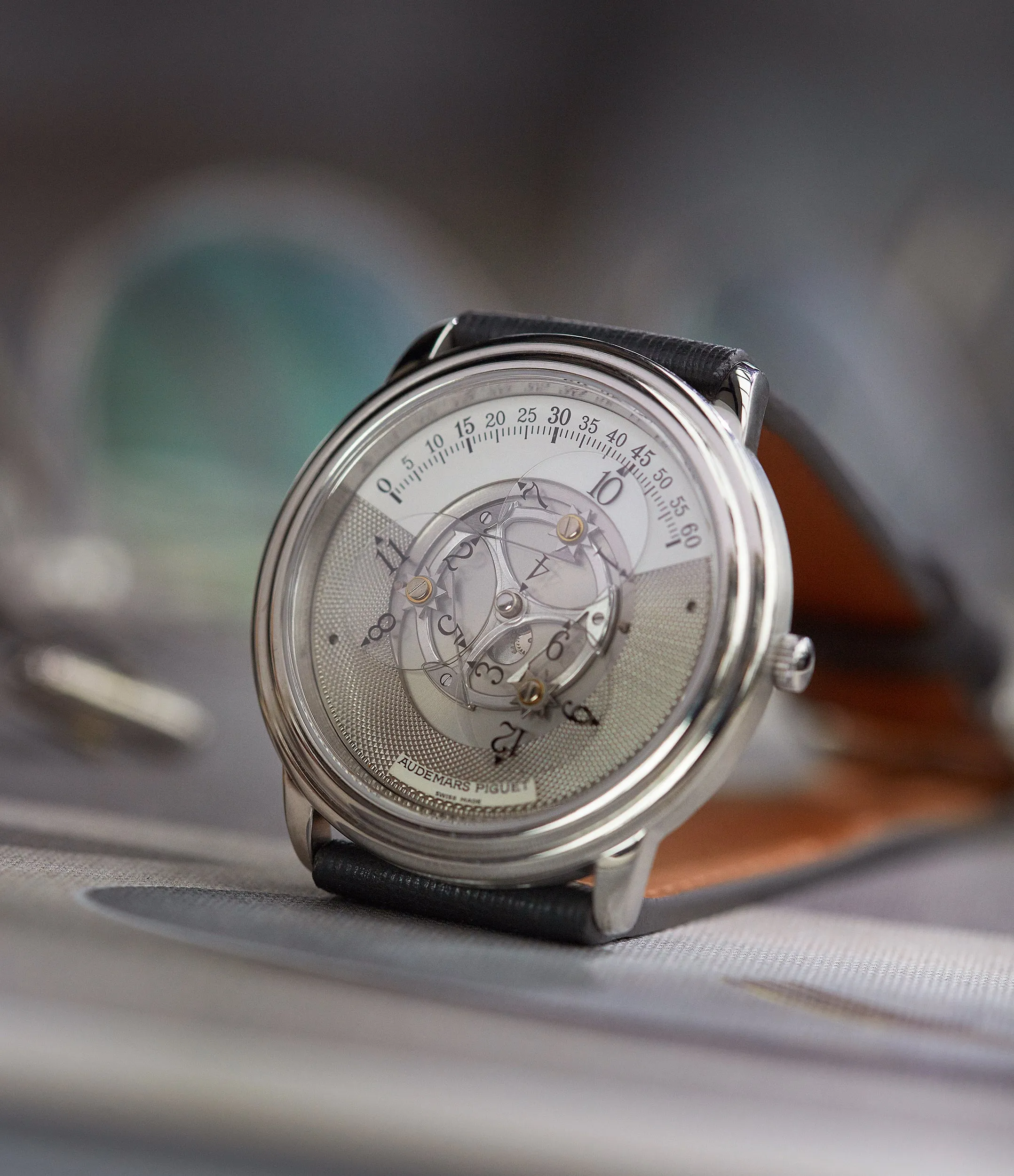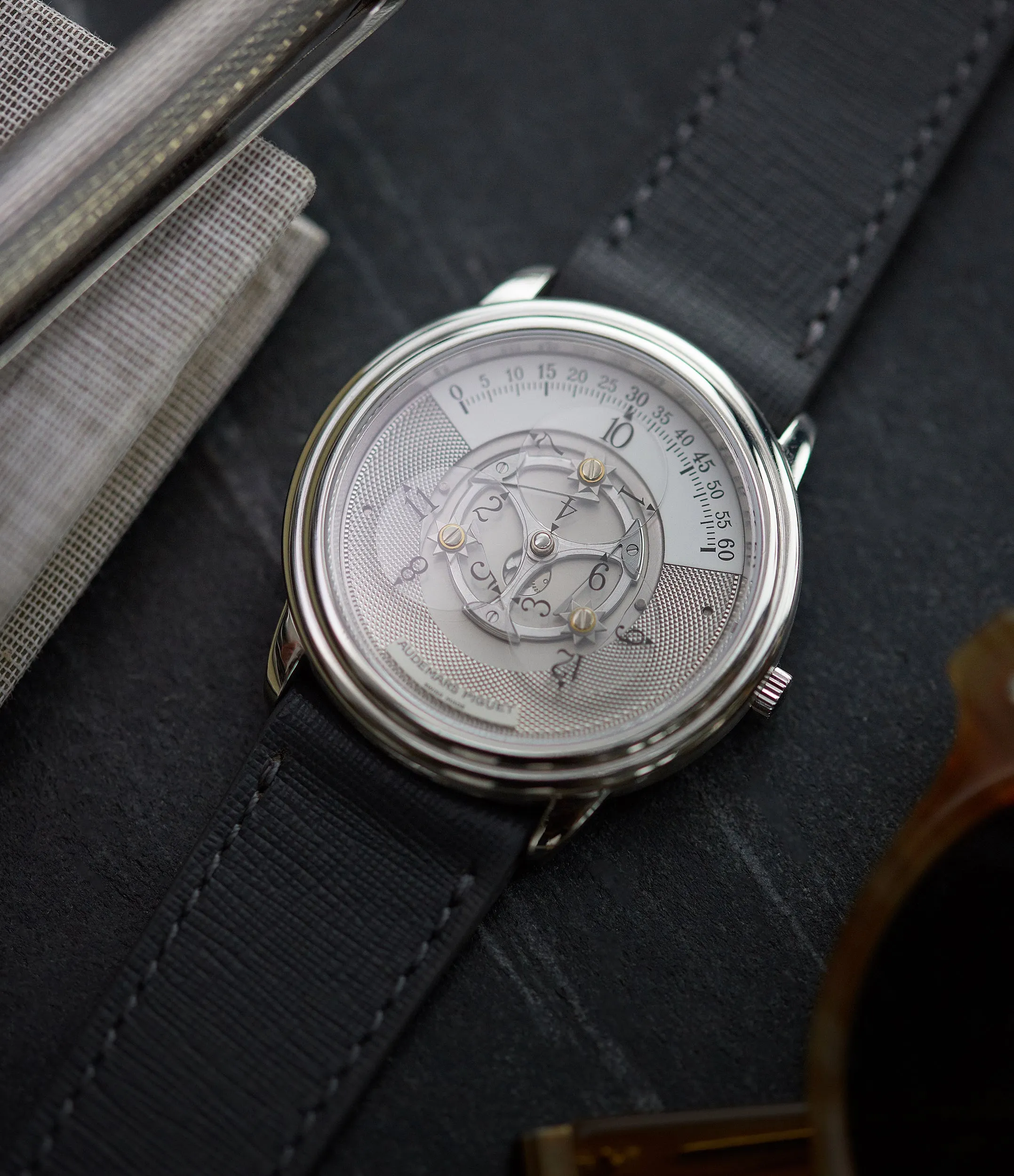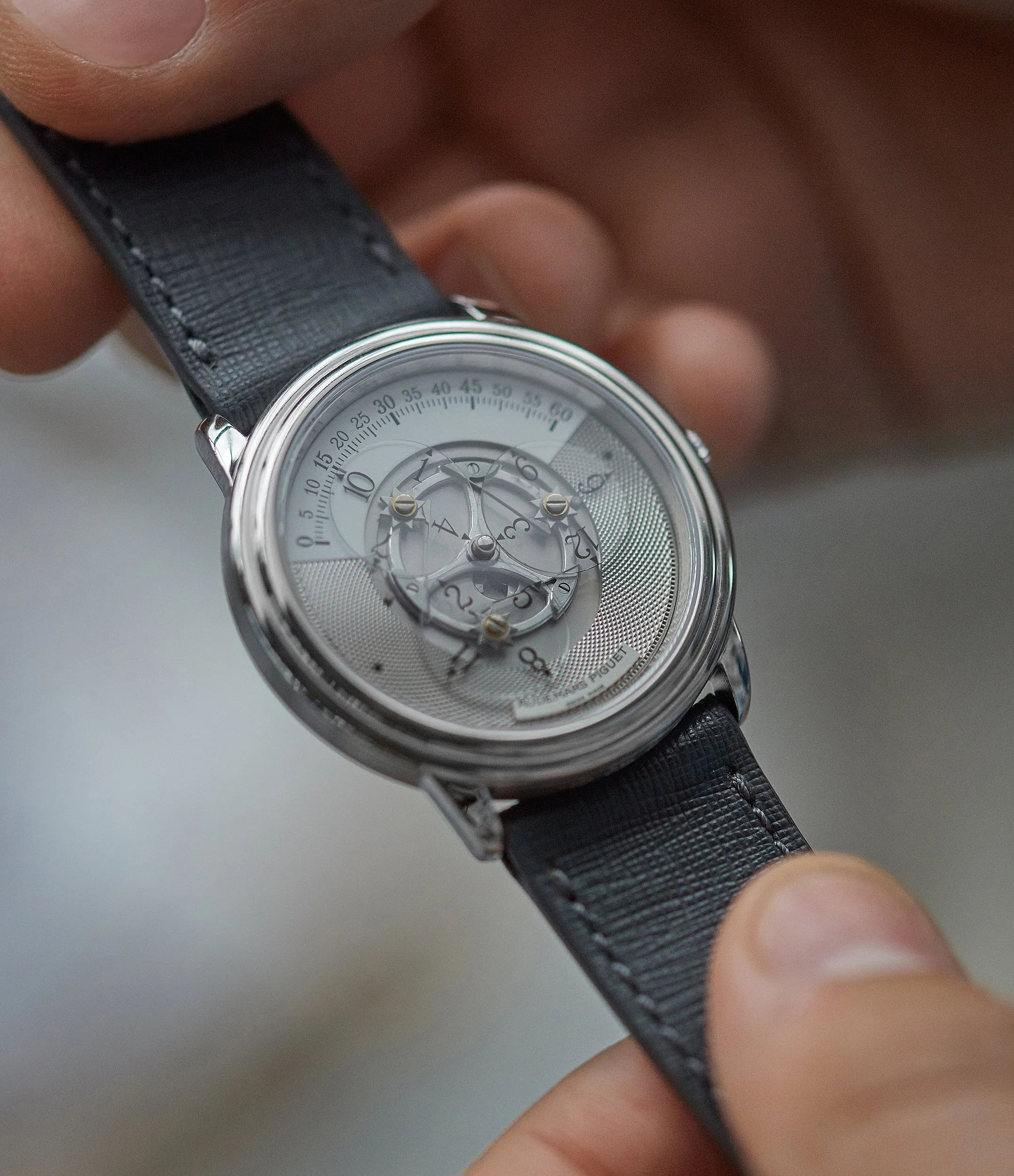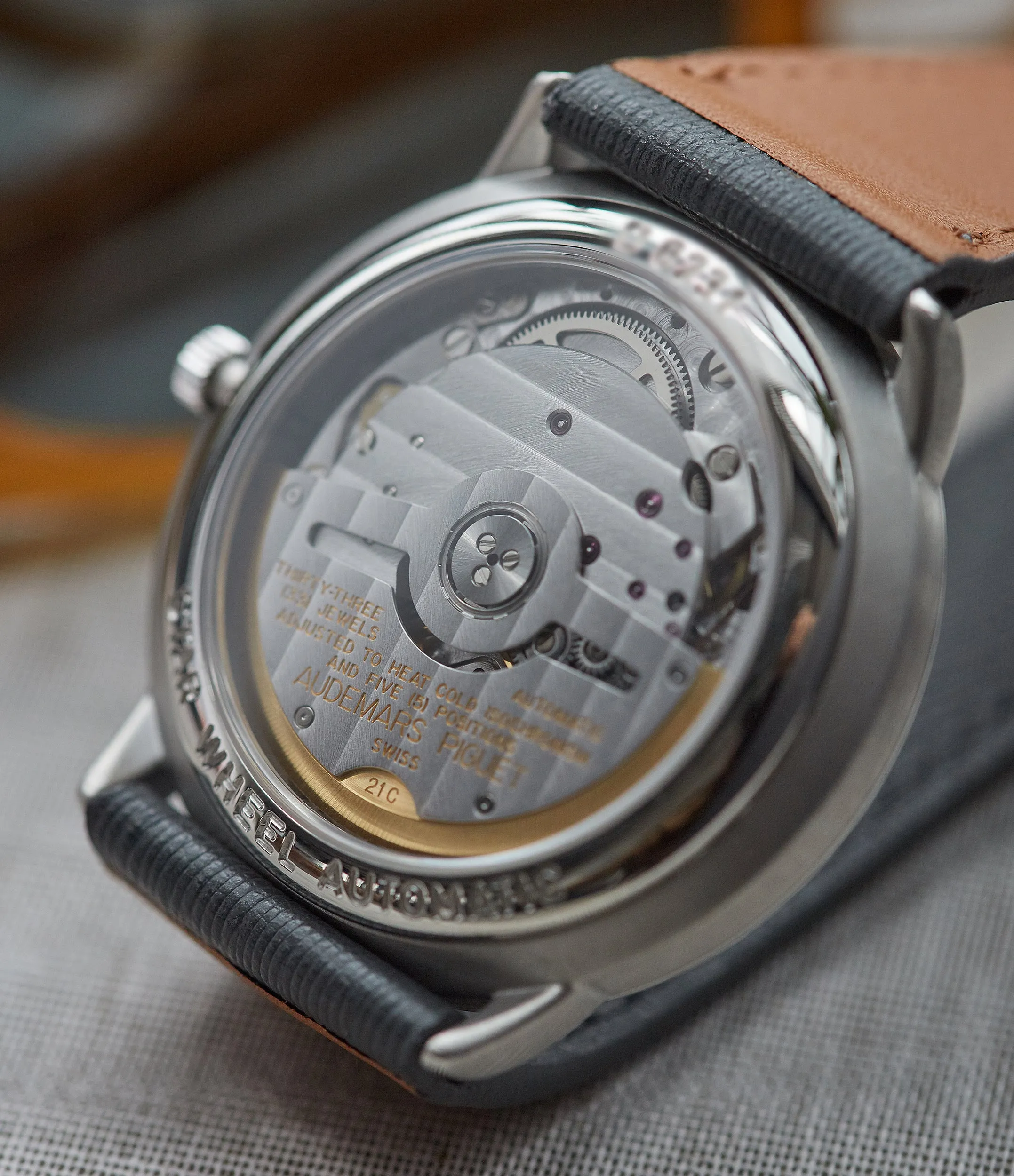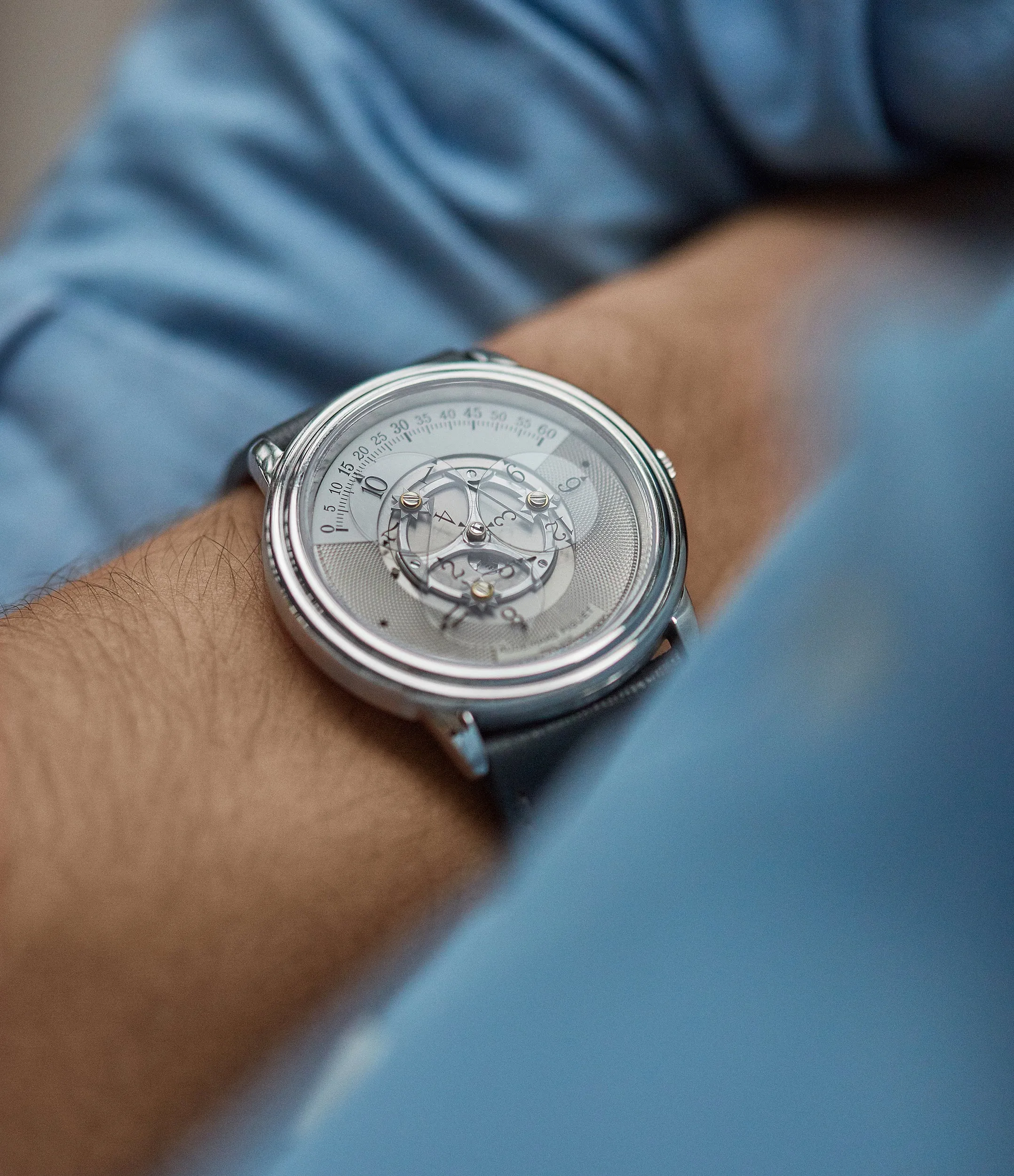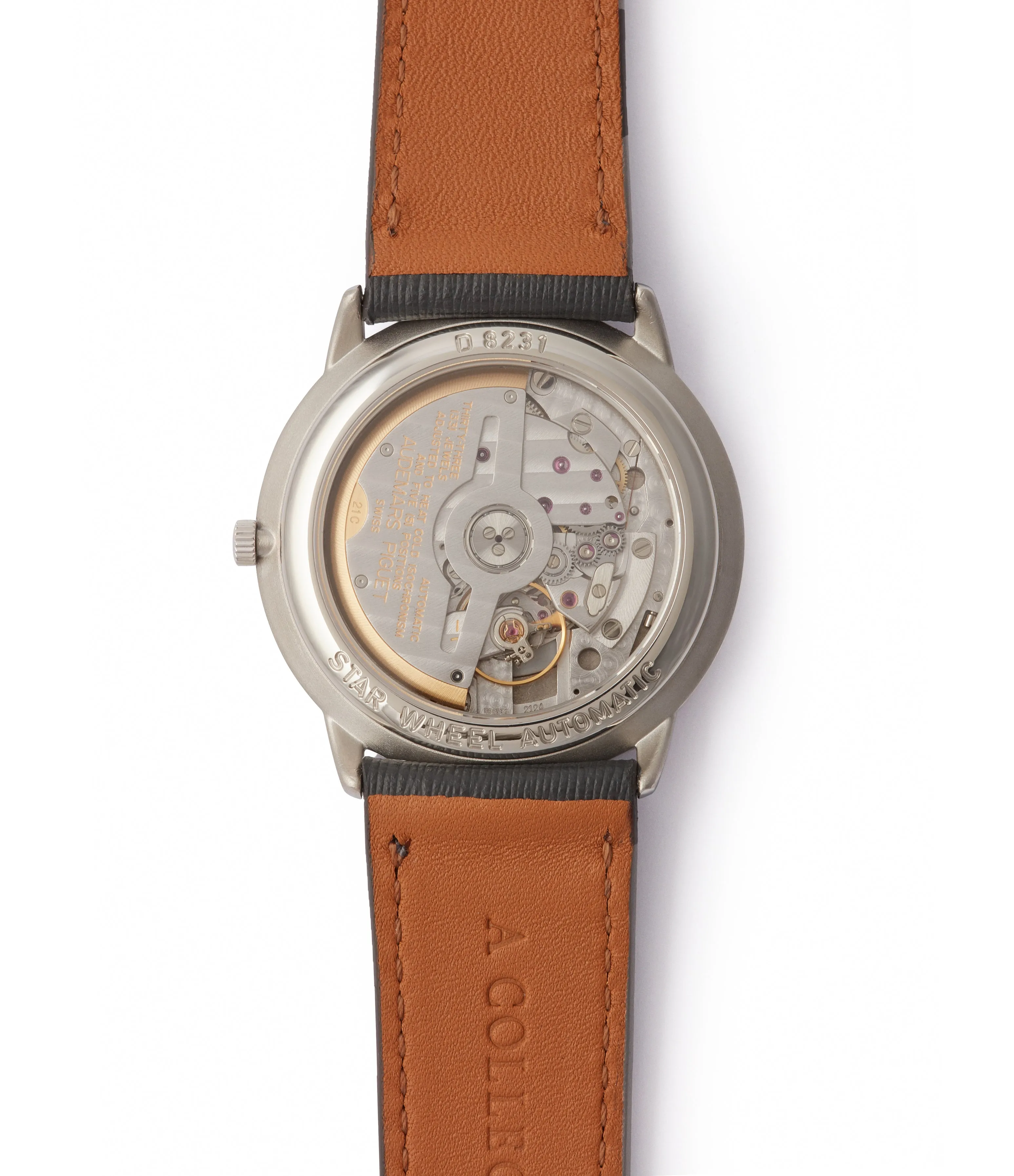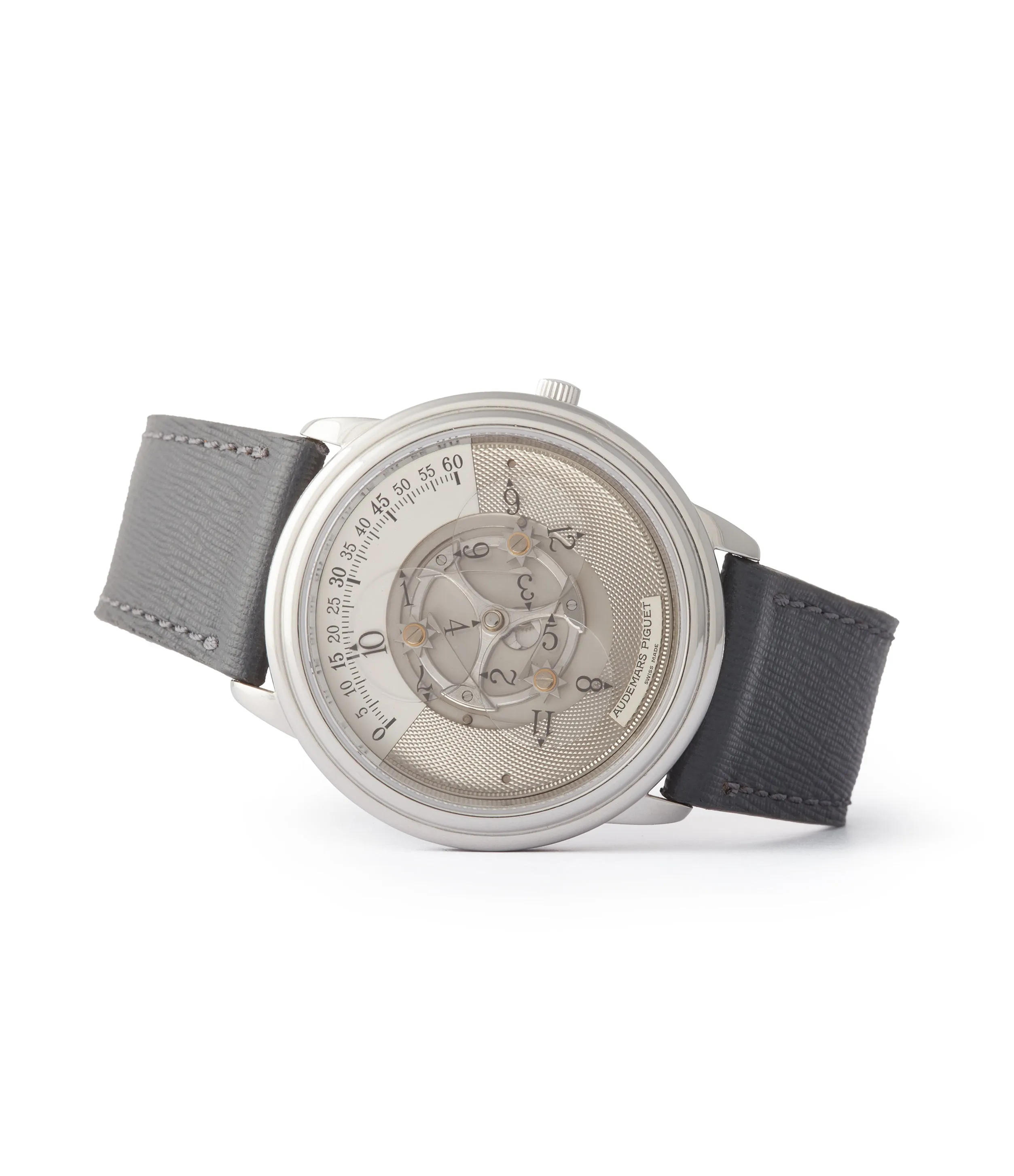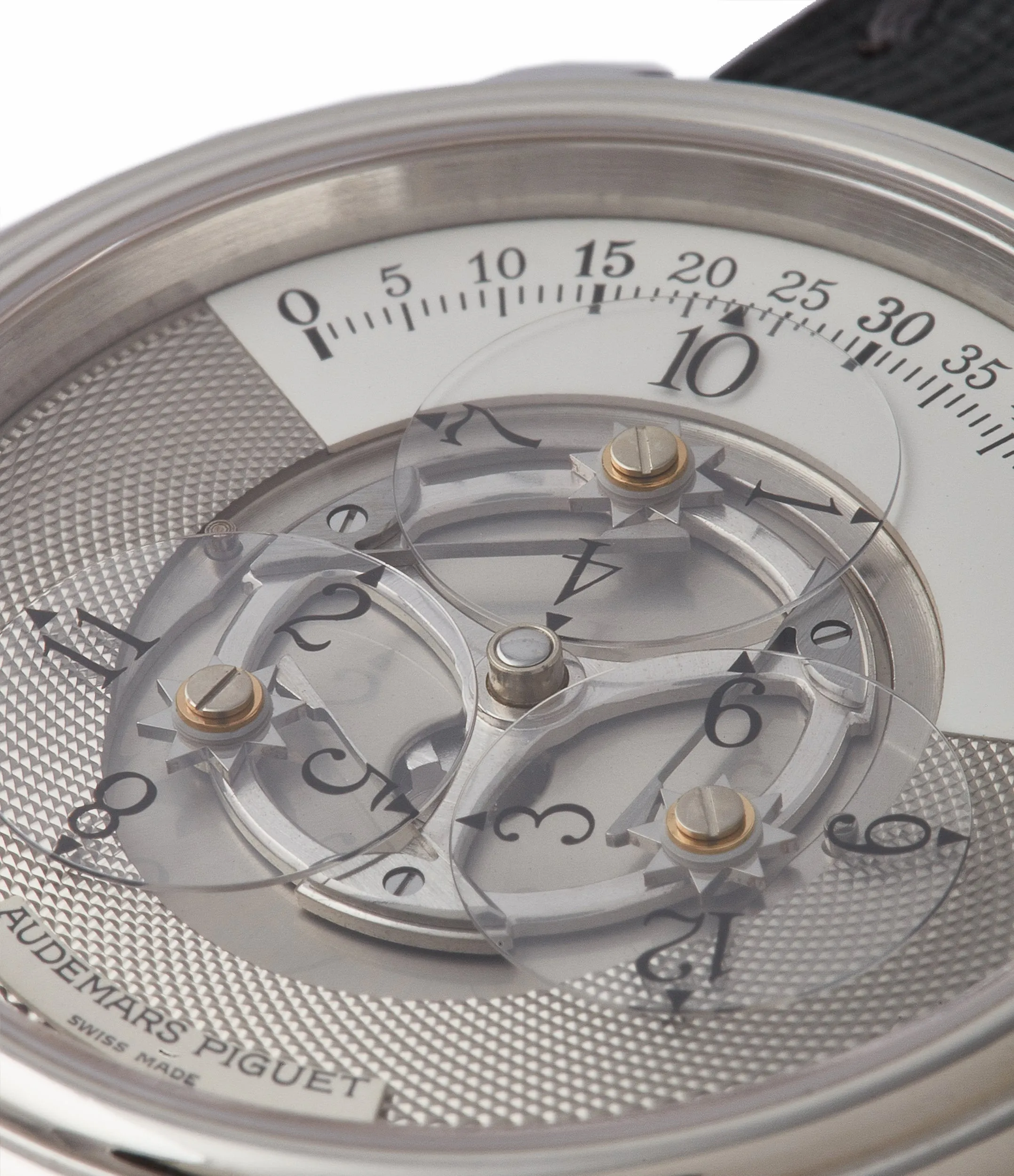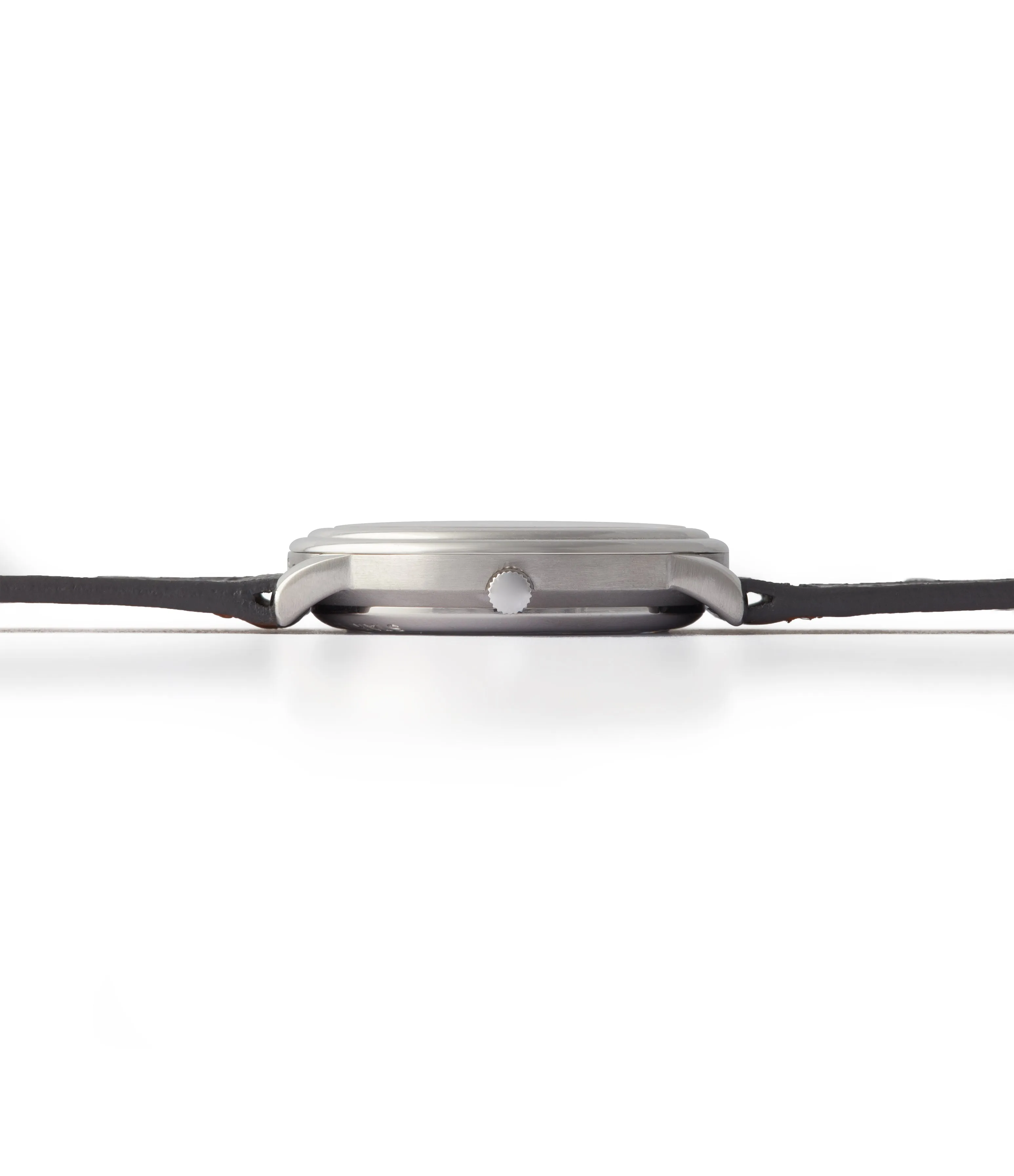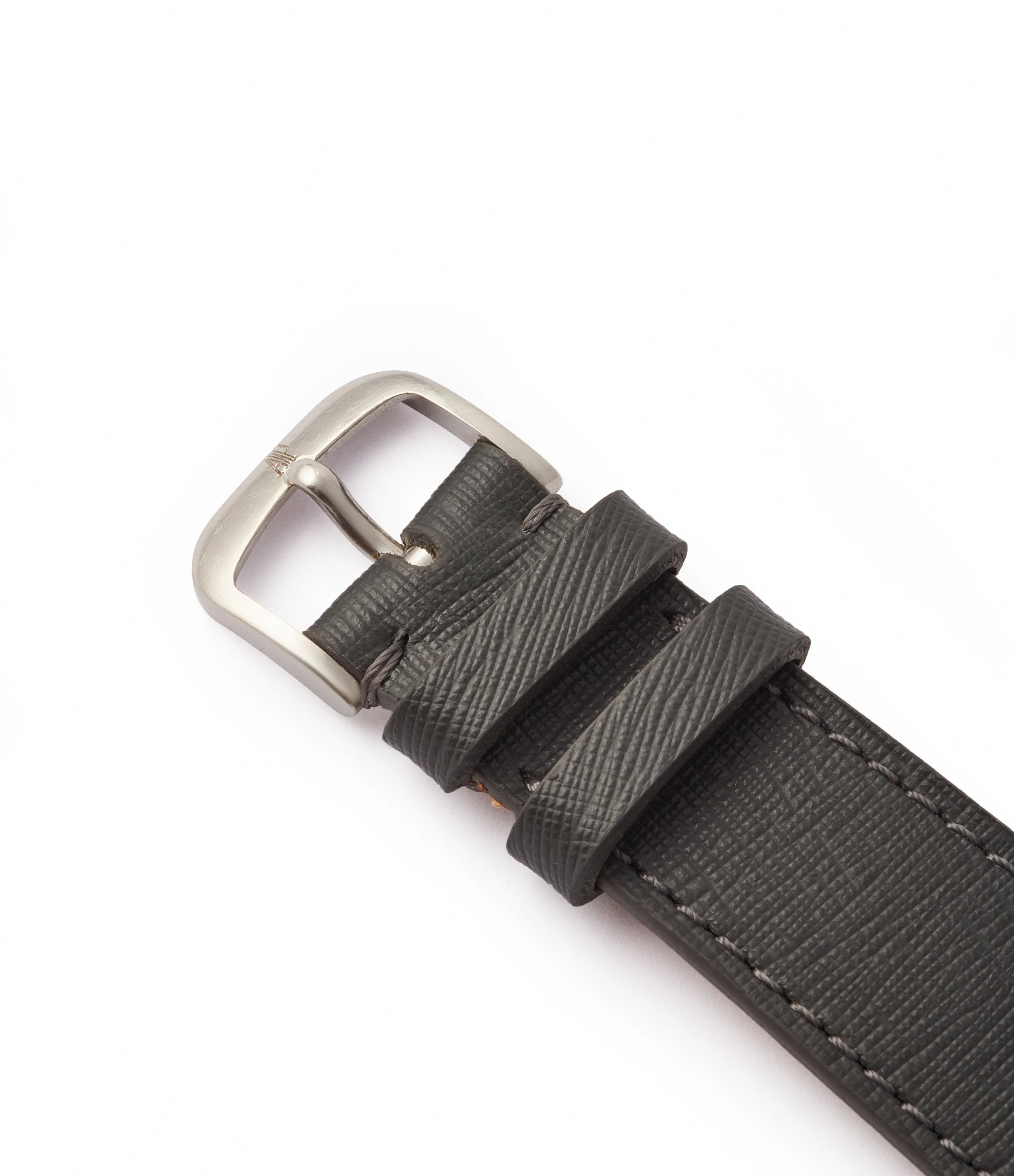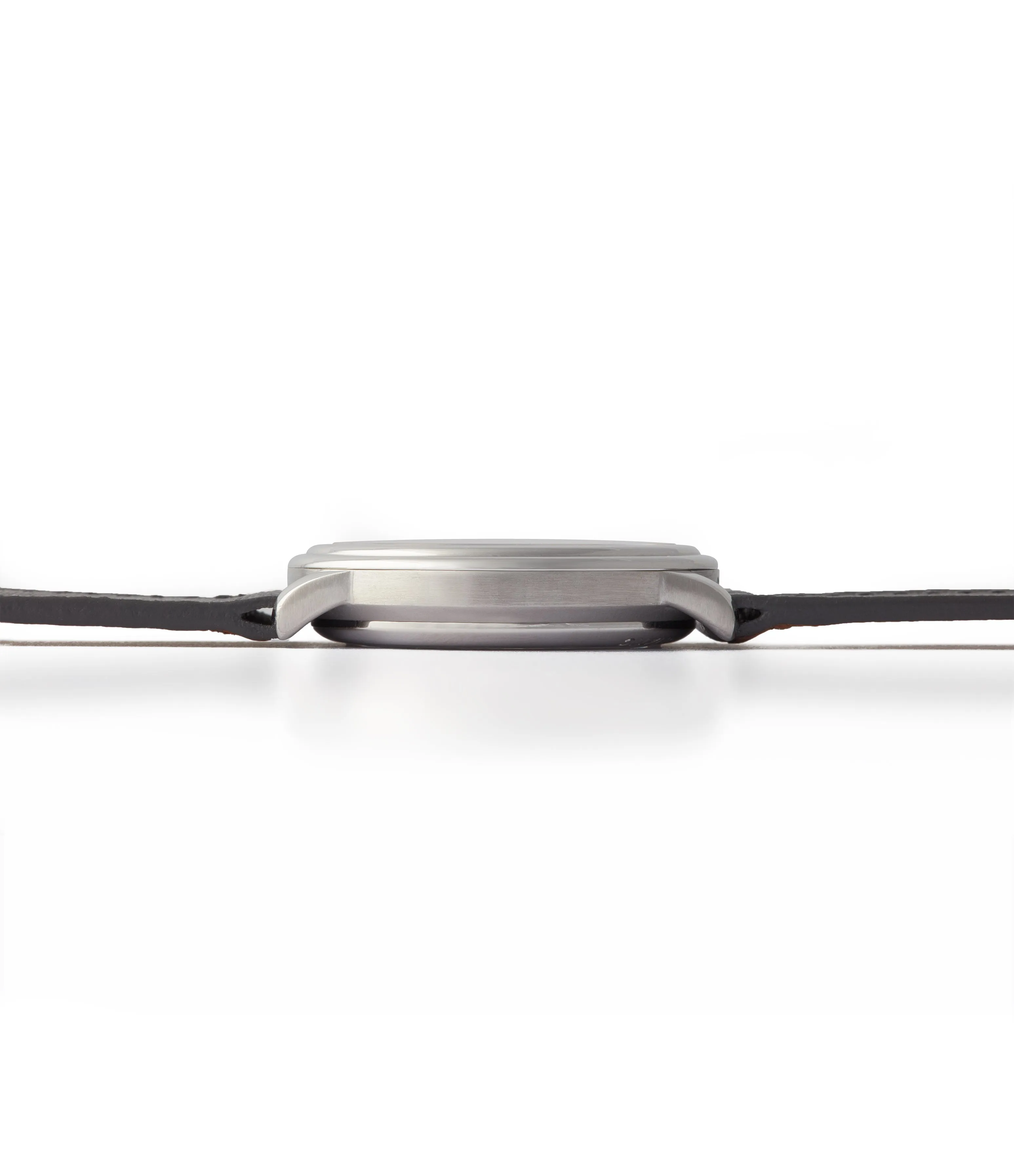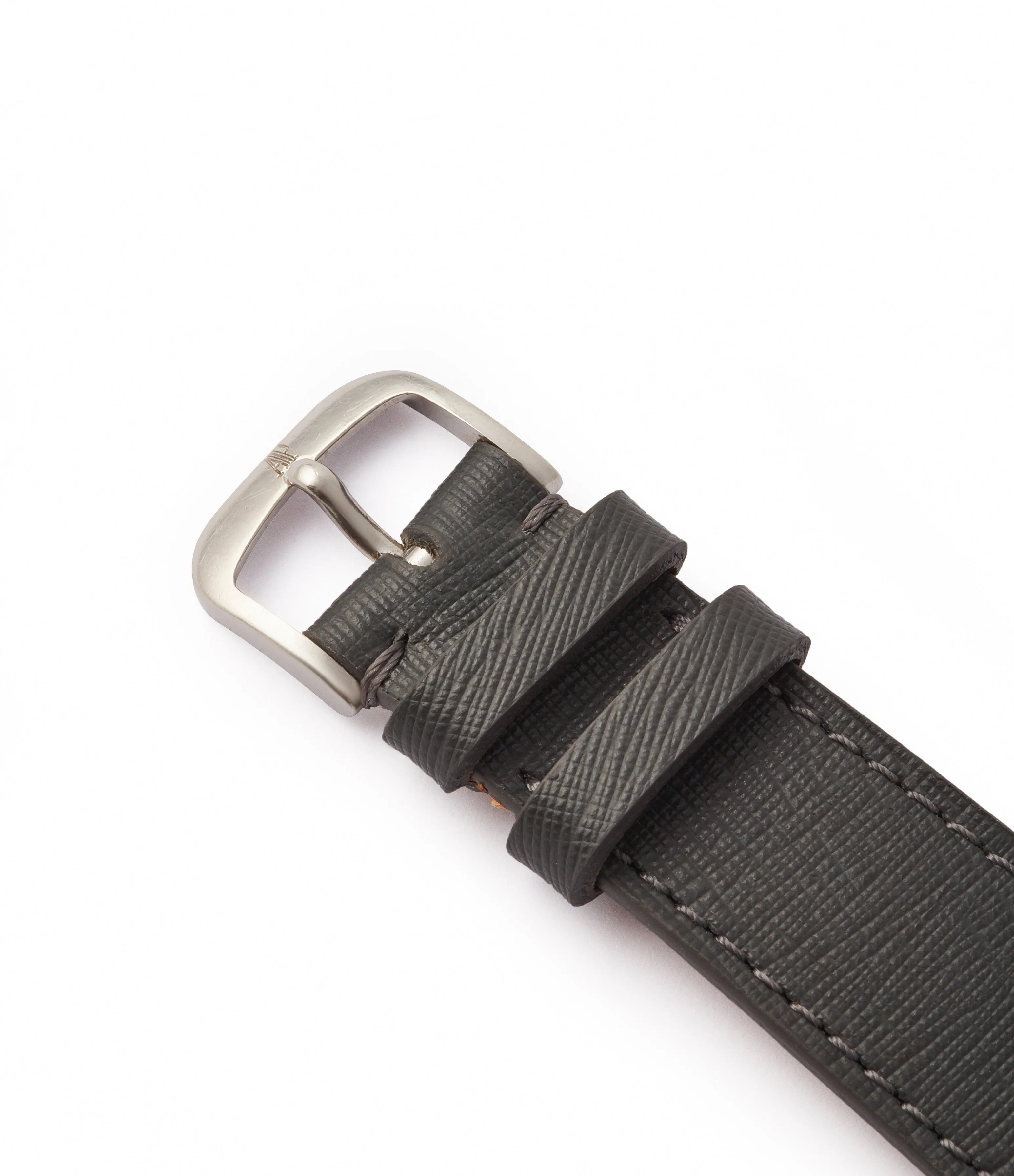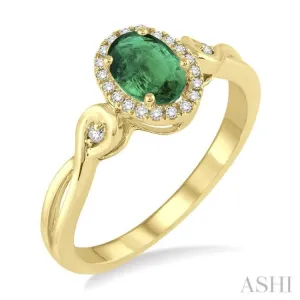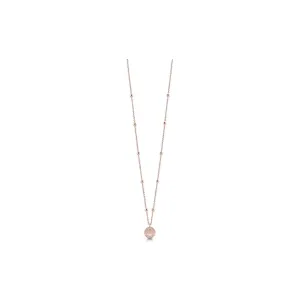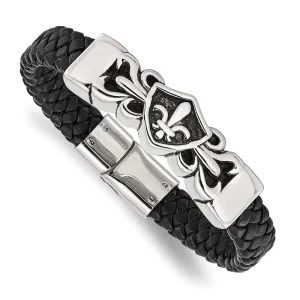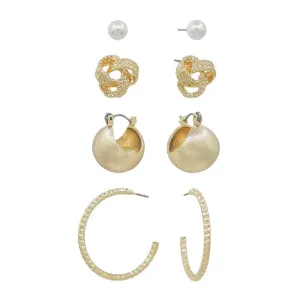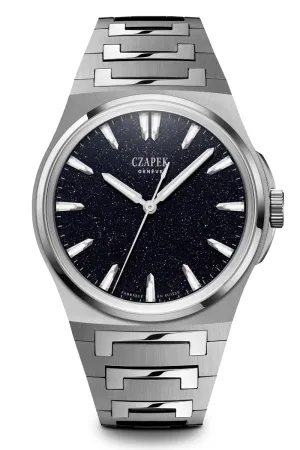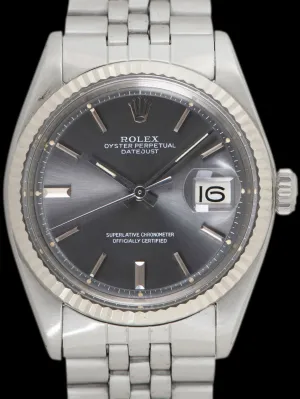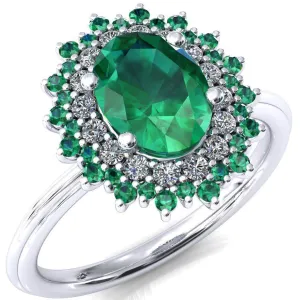It is believed that the wandering hours complication was first used on a night clock designed for Pope Alexander XII in 1656 by the Campani brothers, a well-known family of clockmakers in Rome. The insomniac pope requested the ability to read time in the dark, so an oil lamp was placed inside the clock case, illuminating the dial and allowing him to read the time through the openworked numerals. The concept was briefly translated to pocket watches but was supplanted by the two-hand method of displaying time.
In August 1989, Audemars Piguet watchmakers came across an article in an old Swiss Watchmaking journal featuring an atypical clock indicating the time by means of three visible discs, themselves revolving around another disk. Audemars Piguet used this wandering hours clock as the inspiration for the Star Wheel. A year and a half of research went into the finished prototype, with the manufacture registering its own patent in the process. The Star Wheel, reference 25720, was released in 1991.
The Star Wheel displays time via three sapphire disks with printed hours, which rotate on a center wheel, where usually the hour and minute hands are attached. The name of the watch is derived from the star wheels which connect the sapphire disks to this rotating center ring. The hours on the disks point to the minutes on a 120-degree sector, gliding over them over the course of an hour. The rotating ring turns 360 degrees, one full turn, in 3 hours. While not quite a jump-hour watch, a satisfying mechanical feature of the Star Wheel, is when the sapphire disks jump into position right before sliding over the minutes track.
The dial layout of the Star Wheel is immensely aesthetically satisfying, with endless details to get lost in. The contrast between the traditional guilloché on the lower portion of the dial, the smooth finish of the minute indicator and the exposed mechanics in the center, which are beautifully hand-finished with angling and polishing, offers a rich interplay of textures. Meanwhile, the numerals on the sapphire disks, which are executed in a playful font, seem to gracefully float above the rest of the dial.
The platinum case features a stepped bezel and short, down-turned lugs, which work proportionately well together.
On the reverse, one can observe the modified Audemars Piguet caliber 2224, which features a power reserve of 40 hours, through the sapphire caseback.
The Star Wheel has gained popularity in recent years, with a platinum example going under the hammer at Phillip's in Geneva in May 2019, the successful result suggesting a renewed interest in the reference.
The watch is accompanied by an Audemars Piguet service box and an Archive Extract, confirming that the watch was sold on 24th February 1992. The watch comes on our Venice grey saffiano strap, with its original Audemars Piguet platinum buckle.
Viewings can be arranged in Central London by appointment.
Closer look
| Brand: | Audemars Piguet |
| Model: | Star Wheel reference 25720PT |
| Movement: | mechanical automatic AP Calibre 2224/2812 |
| Functions: | hours, minutes |
| Features: | wandering hours, display back |
| Case: | 36 mm platinum |
| Crystal: | sapphire front and back |
| Strap: | Venice grey saffiano strap with Audemars Piguet platinum buckle |
| Lug/buckle width: | 20/16mm |
| Year: | sold on 24th February 1992 |
| Box & papers: | Audemars Piguet service box, Archive Extract |

